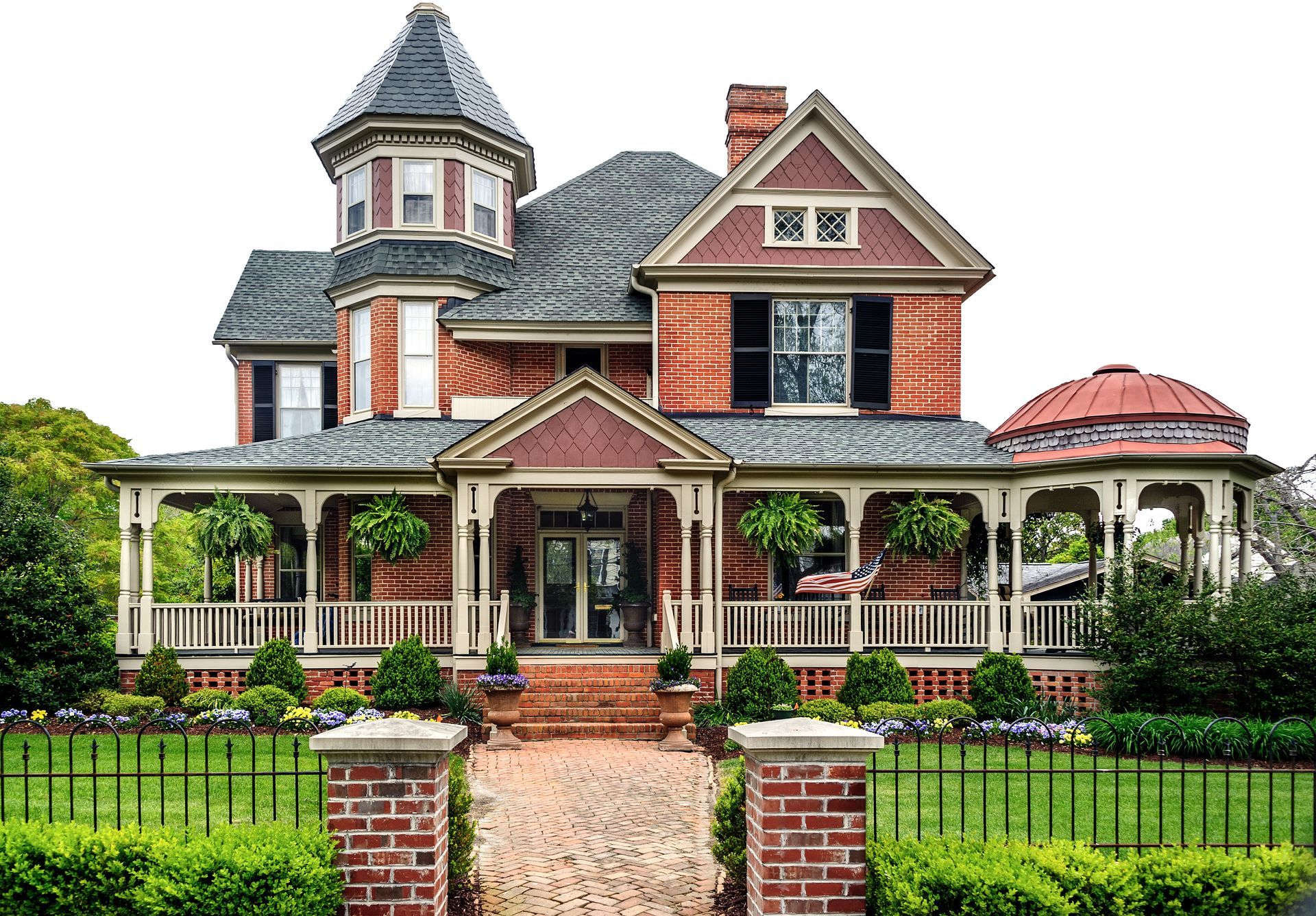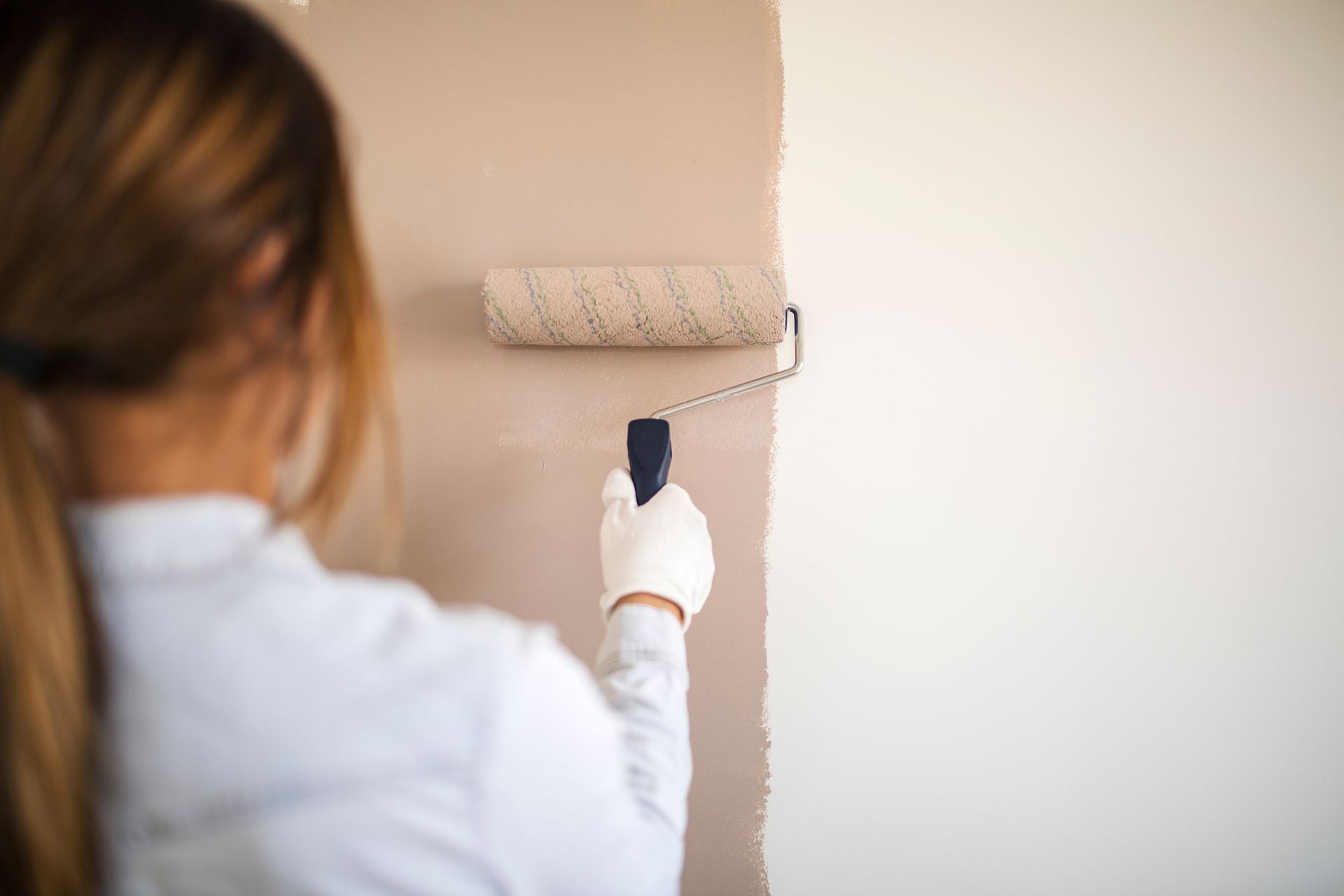Perched within Western Massachusetts neighborhoods that whisper secrets from centuries past, historic homes are a canvas for storytelling and culture. They bear witness to the grandeur of Victorian architecture, the modesty of Edwardian styles, and the characteristic designs that demarcate different historical eras. In the contemporary rush towards modernity, owners of these time-honored homes often find themselves grappling with a pronounced dilemma — how to choose paint colors that not only protect but also accentuate the architectural magnificence of their homestead without disrespecting its roots.
This blog post endeavors to elucidate the nuances involved in the selection of paint colors for historic houses, a blend of artistry and empirical precision. We will walk through the historical significance behind color choices, practical tips for painting these architectural treasures, and eventually, how a well-conceived paint scheme can unfurl a narrative of bygone eras right in the heart of today's residential landscapes. Whether you're restoring a victorian home in Springfield, MA or an early colonial house in East Longmeadow, MA, this guide will provide you invaluable insights into the world of historic paint colors.
The Vivid Past of Historic and Victorian Homes

Historic and Victorian homes, often seen as symbols of an era's wealth and opulence, are characterized by intricate architectural features. From ornate moldings and detailed millwork to grand, sloping roofs, these structures express a grandiosity that was popular during the late 19th century. The paint colors of these times were an equally significant part of the architectural design, often portraying a sense of honor, elegance, and an adherence to the styles that were prevalent.
The Significance of Choosing the Right Colors
Selecting the appropriate colors for your historical home is akin to preserving a narrative. It speaks of continuity and care — a narrative that is not just about bricks and mortar, but one that echoes through a collective memory of architecture and era-reflective design. The right paint colors have the power to heal, to bridge the past and present, and to lend a touch of authenticity that contemporary replicas cannot match.
Victorian Home Colors: A Palette of the Past
The Victorian era was known for its dynamic and often flamboyant use of color, breaking free from the earlier, more restrained palette. Homeowners today, looking to echo the authentic hues of Victorian times, have a varied palette to consider. This palette can broadly be categorized into:
- Earthy Tones: The early Victorian period saw a preference for earthy tones, which included rich browns, deep greens, and muted reds. These colors were inspired by the natural world and were believed to bring the outside in, creating a warm, welcoming environment.
- Vibrant Hues: As the era progressed, technological advances in pigment production led to the introduction of more vibrant colors. Brilliant blues, vivid greens, and radiant reds started to adorn the exteriors of Victorian homes. These colors were not just a sign of the homeowner's wealth but also an expression of the period's fascination with nature, art, and new chemical discoveries.
- Pastel Shades: During the latter part of the Victorian era, especially in more residential, suburban areas, a softer palette emerged. Pale yellows, soft pinks, and light blues became popular, reflecting a shift towards more tranquil and serene living spaces. These colors were often complemented with white or cream accents to highlight the intricate details of Victorian architecture.
Understanding the historical context and significance of these color groups can guide homeowners in making informed choices that honor the past while accommodating personal taste and contemporary living standards. The selection of period-appropriate colors is not just about aesthetic appeal; it's about preserving a piece of history and sustaining the architectural legacy of the Victorian era.
Historical Accuracy
Preservation societies and historical organizations often provide guidelines for preserving the historical accuracy of homes from various periods. Adhering to these recommendations ensures that your paint colors reflect the actual schemes used in the house's era, providing an authentic experience for both the residents and passersby.
Tips on Exterior Painting for Historic Homes
Painting the exterior of your historic home is no small feat. It requires a blend of techniques and an artistic touch. Here are some tips to guide you through the process:
Thorough Preparation
Prepare the surface meticulously. Historic homes can have multiple layers of paint, and each might require a different approach. Stripping, sanding, and priming are essential to ensure your new paint adheres properly and lasts for years.
Go for a Test Patch
Once you've narrowed down your color choices, do a test patch on various parts of the home. Colors can appear differently on different substrates and in varying light conditions, so this step is crucial before you commit to a full application.
High-Quality Paint
Use high-quality, UV-resistant paint to protect the vibrancy of your chosen colors against the sun's harsh rays. Opt for paint with a proven history of longevity to reduce the need for frequent repainting.
Consider the Neighborhood
Lastly, consider the context of your home within the neighborhood. Cohesive color choices help your house blend into a larger historical narrative represented by the area, showcasing a collective commitment to preserving the past.
Conclusion
Painting a historic home is not just about aesthetics; it's a labor of love and a duty to the legacy of architecture. It calls for a comprehensive understanding of the narratives we build through colors, materials, and forms, and the need to balance modern amenities with historic sensibilities. With diligence and a touch of historic reverence, each stroke of paint can serve as a link between past and present, encapsulating the very essence of history and memory in our urban environments.
Trust a Local Painting Expert
When restoring historical homes in the Pioneer Valley, you want to put the trust and expertise into the hands of a local business like Pioneer Painters. With decades of experience, Pioneer painters specializes in exterior painting and restoration projects for historical homes, paying close attention to the unique needs of these properties. Contact us today to learn more about our services and how we can help preserve the character and charm of your Victorian home through carefully chosen paint colors. Contact us today!
Recent Blogs





